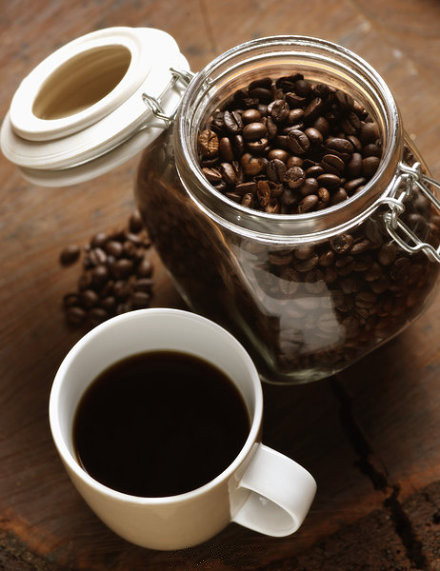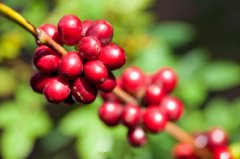High yield, high quality coffee beans, Colombian coffee.

Colombia, a South American country adjacent to Brazil, is also a world-famous coffee producer with rich landforms, low dimensions and high elevations, and has a more superior coffee growing environment than Brazil. Colombia, which had previously been the second largest producer of coffee beans in the world after Brazil, has been overtaken by Vietnam to become the third largest producer in recent years. The coffee-growing area of Colombia is located between 3 and 8 degrees north latitude, which belongs to the coffee-growing area at low latitudes, so it can be harvested twice a year. Coffee beans can be ripened almost all year round in Colombia. Colombian coffee is mainly Arabica, and its tree species include Kaddura, Colombia and Tibica. Like other South American countries, almost all Colombian coffee beans are washed. The beans are generally called oblong. The sides of the beans are straight and the seams are generally straight. Medellin, Armenia and Manisales, the three main producing areas of commercial coffee beans in Colombia, are collectively referred to as MAM producing areas. The coffee beans in the above producing areas have a typical South American coffee style, with rich acidity and good aroma.
Important Notice :
前街咖啡 FrontStreet Coffee has moved to new addredd:
FrontStreet Coffee Address: 315,Donghua East Road,GuangZhou
Tel:020 38364473
- Prev

The coffee grading system in Colombia is the absolute truth.
Colombia's coffee bean grading system is quite simple, judging its grade only by the size of the beans. Therefore, if you choose to buy Colombian coffee, just marking Supremo does not mean that its taste is also the best. Generally speaking, Colombian coffee produced in boutique bean producing areas will be marked with detailed information such as origin and manor. If it is not marked, it is generally.
- Next

What does coffee fruit look like?
What we see every day is roasted coffee beans, and at most we have seen yellow-green coffee beans. That coffee bean is the most fruit. What is it like at first? What we usually see is a bit like cherries, so we sometimes call coffee cherries. Generally speaking, each coffee fruit contains two coffee beans. The beans are covered with pericarp, pulp and pectin.
Related
- Beginners will see the "Coffee pull flower" guide!
- What is the difference between ice blog purified milk and ordinary milk coffee?
- Why is the Philippines the largest producer of crops in Liberia?
- For coffee extraction, should the fine powder be retained?
- How does extracted espresso fill pressed powder? How much strength does it take to press the powder?
- How to make jasmine cold extract coffee? Is the jasmine + latte good?
- Will this little toy really make the coffee taste better? How does Lily Drip affect coffee extraction?
- Will the action of slapping the filter cup also affect coffee extraction?
- What's the difference between powder-to-water ratio and powder-to-liquid ratio?
- What is the Ethiopian local species? What does it have to do with Heirloom native species?

